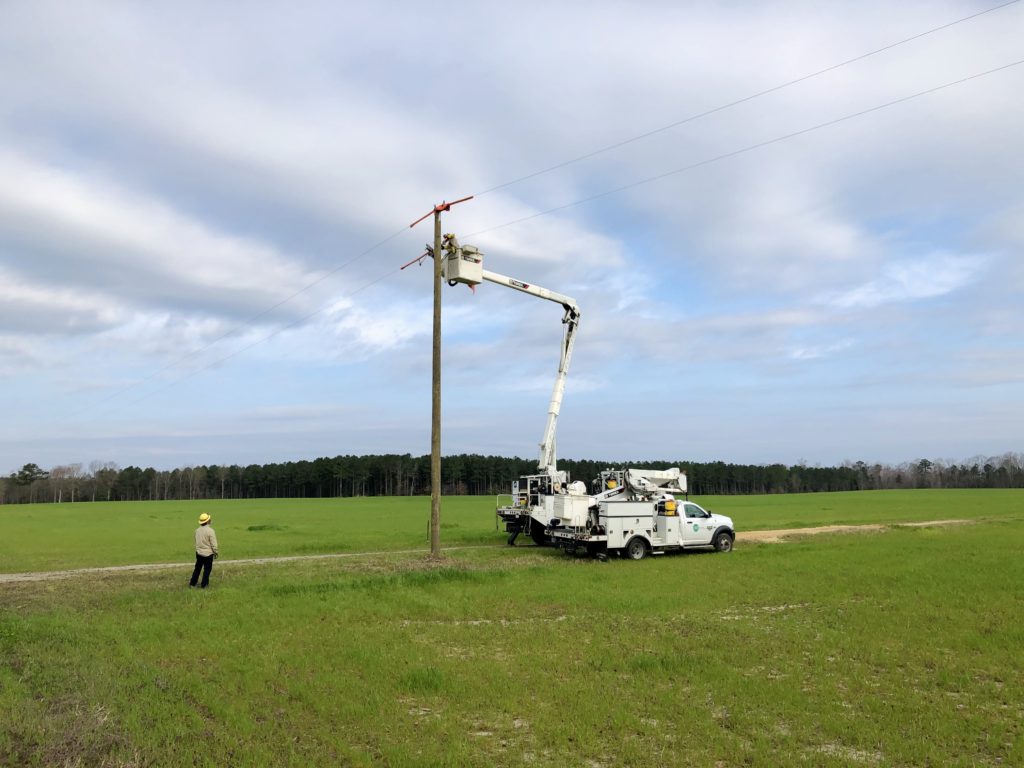
The Biden administration’s $2 trillion infrastructure and jobs plan includes a proposed $100 billion to connect every American to broadband internet. But, as Congress considers Biden’s proposal, what would it really take to close the digital divide?
“The Biden plan calls out the rural electric cooperative model as a means to deliver future-proof broadband and serve as a community-based provider,” said Brian O’Hara, NRECA senior regulatory director. “We appreciate that but note there are a few steps in addition to funding that are necessary to provide broadband to all.”
These range from accurately identifying which parts of the country lack broadband to training a workforce to build out fiber connections to these remote areas, he said.
Kelly Wismer, NRECA legislative affairs director, added that resources are needed to ensure that those who would benefit most from telemedicine, distance learning and e-commerce can afford service and are comfortable navigating the internet.
“Broadband affordability and adoption remain key components to getting the unserved served,” she said.
With that, here are specific steps co-ops believe must be followed by the Biden administration to close the digital divide:
1. Create and maintain accurate and detailed broadband access maps to highlight service gaps and target funding.
2. Offer long-term investments to not only build but sustain broadband infrastructure in rural and difficult-to-serve areas.
3. Select broadband providers for funding that best understand and can meet the needs of an entire community.
4. Require federally funded broadband projects to meet fast-growing speed and bandwidth demands with proven and tested technologies.
5. Demand program accountability to ensure funding recipients deliver the level of service promised.
6. Support workforce training to build and maintain broadband networks.
7. Create programs that address affordability and digital literacy for consumers.
Cathy Cash is a staff writer at NRECA.